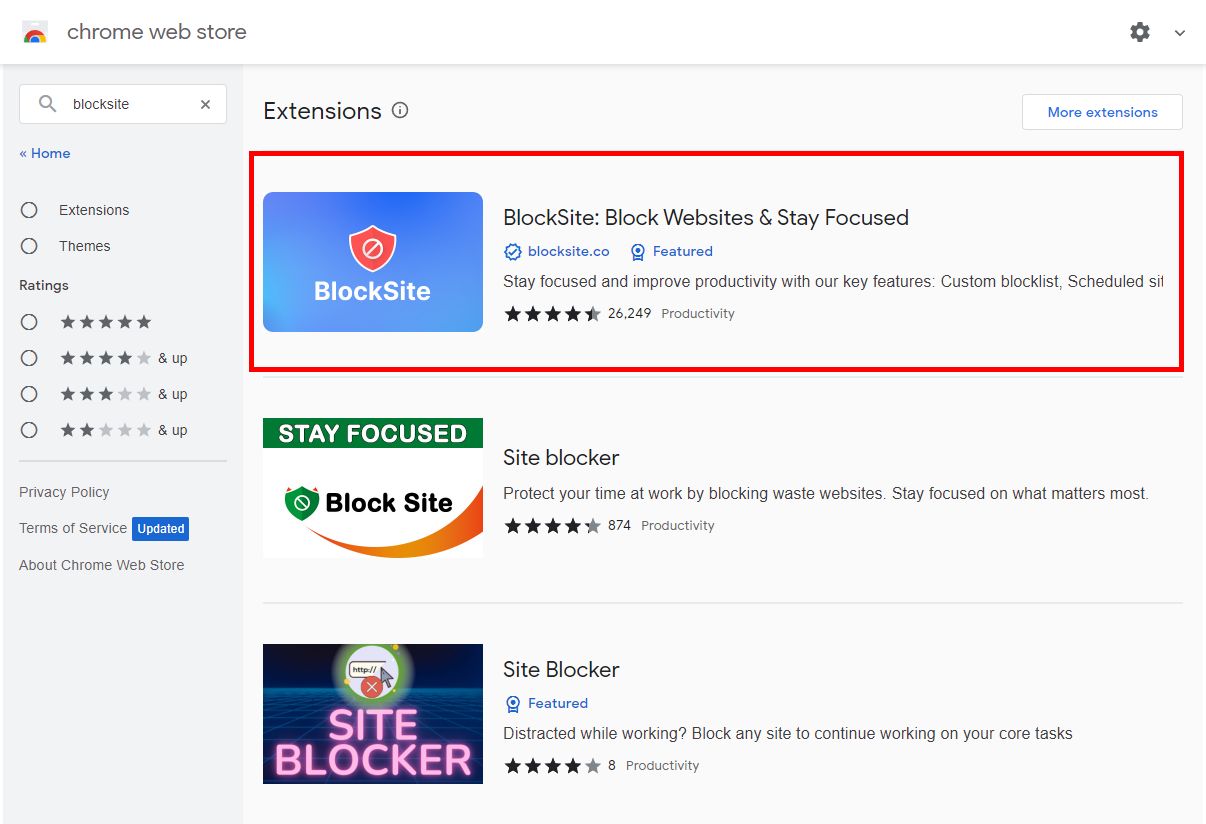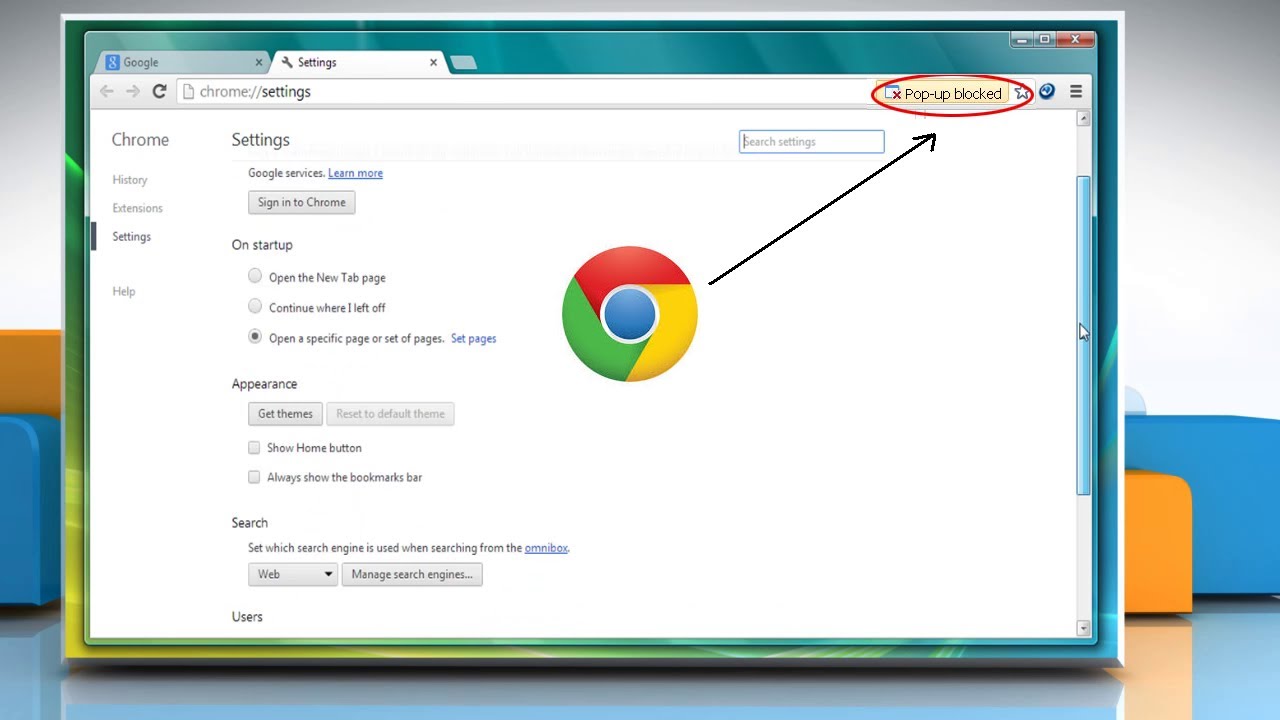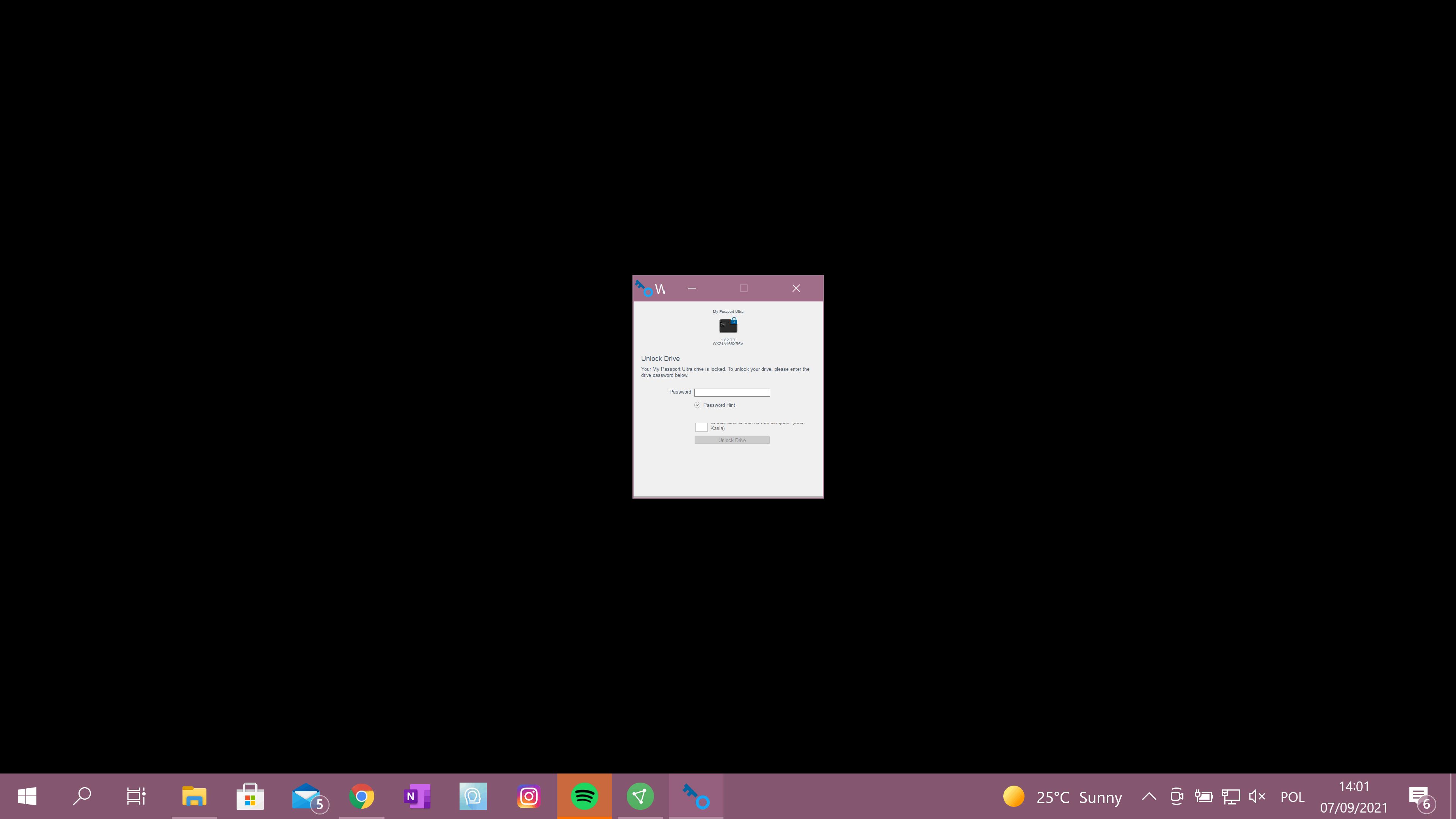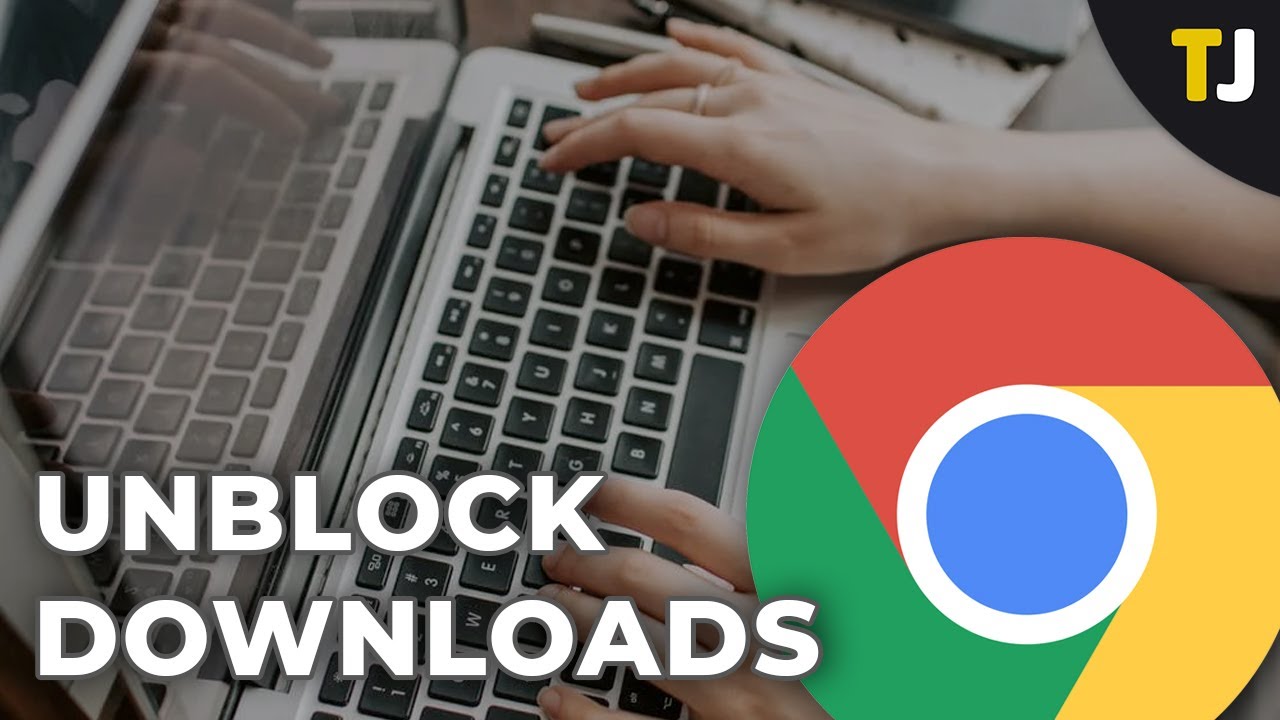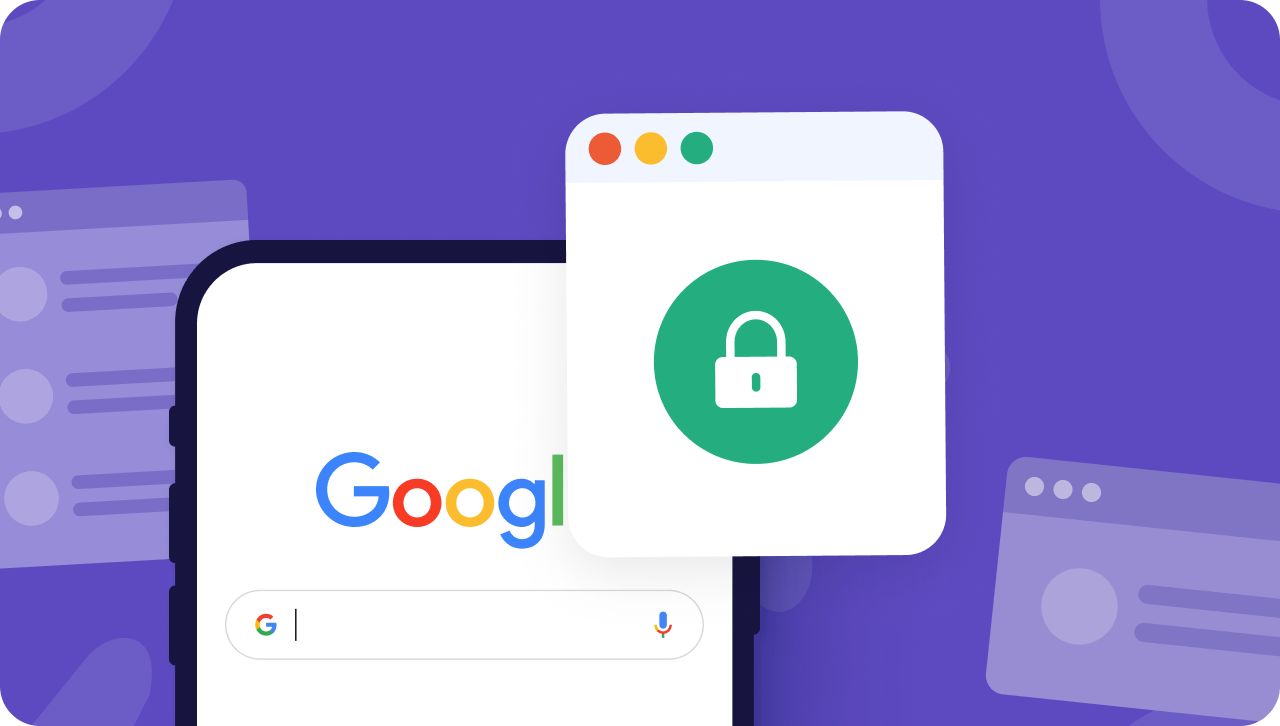Introduction
In today's digital age, web browsers have become an integral part of our daily lives, serving as gateways to a vast array of online content. Google Chrome, one of the most popular browsers worldwide, offers a seamless and user-friendly experience. However, there are instances when users encounter restrictions while attempting to access certain websites due to geographical or network-specific limitations. This can be frustrating, especially when you urgently need to access a particular site for work, research, or entertainment purposes.
Fortunately, there are various methods to unblock sites on Chrome, allowing users to bypass these restrictions and gain access to the desired content. From utilizing proxy servers and VPN services to leveraging Chrome extensions and modifying the hosts file, there are multiple strategies to overcome site blocking and enjoy unrestricted browsing.
In this comprehensive guide, we will delve into the intricacies of unblocking sites on Chrome, providing valuable insights and practical solutions to empower users with the ability to access blocked content effortlessly. Whether you're facing censorship, network restrictions, or geo-blocking, this article will equip you with the knowledge and tools to navigate around these barriers and unlock the full potential of your browsing experience.
Understanding Chrome's Site Blocking
Chrome, like many other web browsers, incorporates built-in security features to protect users from potentially harmful or malicious websites. One of these security measures involves site blocking, which restricts access to certain websites based on various factors such as security threats, network policies, or geographical restrictions.
When attempting to access a blocked site on Chrome, users may encounter error messages such as "This site can't be reached" or "Access denied," indicating that the browser has identified the site as potentially unsafe or restricted. These blocks can be imposed by the browser itself, the user's network administrator, or even by the website's server.
In some cases, Chrome's site blocking may be triggered by the presence of malware, phishing attempts, or other security risks associated with the website in question. This proactive approach helps safeguard users from potential cyber threats and ensures a secure browsing environment.
Moreover, network administrators or internet service providers (ISPs) may impose site blocking to enforce content filtering policies, comply with regulatory requirements, or manage bandwidth usage. This can result in the restriction of certain websites within specific networks, limiting users' access to particular online content.
Additionally, geographical restrictions, commonly known as geo-blocking, can prevent users from accessing region-specific content due to licensing agreements, copyright regulations, or content distribution limitations. This form of site blocking is often employed by streaming platforms, online services, and e-commerce websites to control access based on the user's location.
Understanding the underlying reasons for site blocking in Chrome is crucial for devising effective strategies to bypass these restrictions. By gaining insight into the factors that trigger site blocking, users can explore alternative methods to access blocked sites and overcome the barriers imposed by Chrome's security measures, network policies, or geographical limitations.
Using Proxy Servers
Proxy servers serve as intermediary entities that facilitate the exchange of data between users and the internet. By leveraging proxy servers, users can route their web traffic through a different IP address, effectively masking their original IP and circumventing site blocking measures implemented by Chrome or network administrators.
When accessing a blocked site on Chrome, users can utilize proxy servers to establish a connection to the site through an alternate IP address, bypassing the restrictions imposed by the browser or network. This method allows users to appear as though they are accessing the site from a different location, thereby evading geo-blocking and accessing region-restricted content.
There are various types of proxy servers, including HTTP proxies, SOCKS proxies, and SSL proxies, each offering distinct functionalities and levels of anonymity. Users can choose from a range of free and paid proxy services, selecting the most suitable option based on their specific requirements for speed, security, and geographic location.
Free proxy servers are readily available online, offering a quick and accessible solution for unblocking sites on Chrome. However, it is essential to exercise caution when using free proxies, as they may pose security risks and compromise user privacy. Paid proxy services, on the other hand, often provide enhanced security features, dedicated support, and a broader selection of server locations, ensuring a more reliable and secure browsing experience.
To configure Chrome to use a proxy server, users can access the browser's settings and modify the proxy settings to route web traffic through the selected proxy server. By entering the proxy server's IP address and port number in the browser settings, users can establish a connection through the proxy, effectively bypassing site blocking and accessing the desired content.
While proxy servers offer a viable solution for unblocking sites on Chrome, it is important to consider the potential limitations and security implications associated with proxy usage. Users should exercise caution when selecting proxy services, prioritize security and privacy, and remain mindful of the inherent risks associated with routing web traffic through third-party servers.
By leveraging proxy servers effectively, users can overcome site blocking on Chrome and unlock access to a wide range of online content, empowering them to navigate around restrictions and enjoy a seamless browsing experience.
Using VPN Services
When it comes to bypassing site blocking and ensuring secure, unrestricted access to online content, Virtual Private Network (VPN) services emerge as a powerful and versatile solution. VPNs offer a robust mechanism for encrypting internet traffic and routing it through secure, remote servers, effectively masking the user's IP address and circumventing site blocking measures imposed by Chrome, network administrators, or geographical restrictions.
By utilizing a VPN service, users can establish a secure and encrypted connection to a remote server, which then acts as a intermediary between the user's device and the internet. This process effectively conceals the user's actual IP address and location, making it appear as though the user is accessing the internet from the location of the remote server. As a result, VPNs enable users to bypass geo-blocking and access region-restricted content with ease.
Furthermore, VPNs play a pivotal role in enhancing online privacy and security by encrypting internet traffic, shielding it from potential eavesdropping, data interception, and cyber threats. This encryption ensures that sensitive information, such as passwords, financial transactions, and personal data, remains secure and protected from unauthorized access.
When selecting a VPN service for unblocking sites on Chrome, users have a wide array of options to choose from, including both free and paid VPN providers. Paid VPN services often offer advanced features such as a vast network of servers across multiple countries, high-speed connections, dedicated customer support, and robust security protocols. Conversely, free VPNs may have limitations in terms of server locations, connection speeds, and data privacy, and may be supported by advertising or data collection practices.
To leverage a VPN for unblocking sites on Chrome, users can install the VPN client software or browser extension provided by the chosen VPN service. Once installed, users can connect to a preferred server location, effectively masking their IP address and bypassing site blocking measures. This seamless integration allows users to enjoy unrestricted access to blocked sites while benefiting from enhanced privacy and security.
It is important to note that while VPNs offer a powerful solution for unblocking sites on Chrome, users should exercise caution when selecting a VPN service, prioritizing reputable providers with a strong track record in privacy protection and security. By choosing a reliable VPN service and adhering to best practices for secure VPN usage, users can effectively bypass site blocking, access region-restricted content, and safeguard their online privacy and security.
In summary, VPN services serve as a versatile and effective tool for unblocking sites on Chrome, offering a combination of enhanced privacy, security, and unrestricted access to online content. By harnessing the capabilities of VPNs, users can navigate around site blocking measures and enjoy a seamless browsing experience, free from geographical limitations and network restrictions.
Using Chrome Extensions
Chrome extensions, also known as add-ons or plugins, are powerful tools that enhance the functionality of the Chrome browser, offering a myriad of features and capabilities to cater to diverse user needs. When it comes to unblocking sites on Chrome, there are several extensions specifically designed to bypass site blocking measures and provide users with unrestricted access to blocked content.
One of the key advantages of using Chrome extensions to unblock sites is the convenience and ease of use they offer. By simply installing the relevant extension from the Chrome Web Store, users can seamlessly integrate additional functionality into their browser, empowering them to bypass site blocking measures and access restricted websites with minimal effort.
Several Chrome extensions are dedicated to circumventing site blocking and enabling users to access geo-restricted or censored content. These extensions typically operate by rerouting web traffic through alternate servers or employing proxy mechanisms to mask the user's IP address, effectively bypassing site blocking measures imposed by Chrome or network restrictions.
Moreover, some Chrome extensions offer advanced features such as ad-blocking, malware protection, and enhanced privacy settings, further enhancing the browsing experience while ensuring a secure and seamless access to blocked sites.
When selecting Chrome extensions for unblocking sites, users should exercise caution and prioritize reputable extensions with a proven track record in privacy protection and security. It is essential to review user ratings, read reviews, and verify the legitimacy of the extension before installation to mitigate potential security risks and ensure a reliable browsing experience.
Additionally, users should remain vigilant against the proliferation of malicious or counterfeit extensions that may compromise user privacy, security, or system integrity. By exercising discernment and selecting extensions from trusted sources, users can leverage the capabilities of Chrome extensions to bypass site blocking and access restricted content with confidence.
In summary, Chrome extensions offer a user-friendly and efficient solution for unblocking sites on Chrome, providing users with a diverse range of tools and functionalities to bypass site blocking measures and access restricted content. By leveraging reputable and reliable extensions, users can enhance their browsing experience, overcome site blocking restrictions, and enjoy unrestricted access to a wide array of online content.
Modifying Hosts File
Modifying the hosts file is a lesser-known yet effective method for unblocking sites on Chrome. The hosts file, present in the operating system's directory, serves as a local DNS (Domain Name System) resolver, mapping domain names to IP addresses. By strategically editing the hosts file, users can override the default DNS resolution process, effectively bypassing site blocking measures and gaining access to blocked websites.
To modify the hosts file on Windows, users can navigate to the 'C:\Windows\System32\drivers\etc' directory and locate the 'hosts' file. On macOS and Linux systems, the hosts file is located in the '/etc/' directory. Once the hosts file is located, users can open it using a text editor with administrative privileges.
Upon opening the hosts file, users can add entries to associate specific domain names with desired IP addresses. By mapping the blocked website's domain name to a different IP address, users can effectively bypass site blocking measures and access the site through the modified hosts file.
It is important to note that modifying the hosts file requires careful attention to syntax and formatting. Each entry should follow the format of 'IP address' followed by 'domain name', with each entry on a new line. Additionally, users should exercise caution and ensure that the modified hosts file adheres to the prescribed format to avoid potential errors or system instability.
While modifying the hosts file offers a viable solution for unblocking sites on Chrome, it is essential to approach this method with caution and technical proficiency. Improper modification of the hosts file can lead to unintended consequences, such as DNS resolution errors or network connectivity issues. Therefore, users should proceed with diligence and adhere to best practices when editing the hosts file to ensure a seamless and secure browsing experience.
In summary, modifying the hosts file presents a unique approach to bypassing site blocking measures on Chrome, offering users the ability to override DNS resolution and access blocked websites through strategic entries in the hosts file. By exercising caution and technical proficiency, users can leverage this method to overcome site blocking restrictions and unlock access to restricted online content.
Conclusion
In conclusion, the ability to unblock sites on Chrome is essential for users seeking unrestricted access to online content, overcoming site blocking measures, and navigating around geographical or network-specific restrictions. Throughout this comprehensive guide, we have explored various strategies and methods to bypass site blocking on Chrome, empowering users with the knowledge and tools to unlock access to blocked websites and enjoy a seamless browsing experience.
From understanding the intricacies of Chrome's site blocking to leveraging proxy servers, VPN services, Chrome extensions, and modifying the hosts file, users have a diverse array of options to overcome site blocking restrictions and access restricted content. Each method offers unique advantages and considerations, catering to different user preferences, technical proficiency, and privacy requirements.
Proxy servers serve as intermediary entities that enable users to route web traffic through alternate IP addresses, effectively bypassing site blocking measures and accessing restricted content. While free proxy servers offer accessibility, users should exercise caution and prioritize security when selecting proxy services.
VPN services emerge as a powerful solution for unblocking sites on Chrome, offering enhanced privacy, security, and unrestricted access to online content. By encrypting internet traffic and routing it through secure, remote servers, VPNs enable users to bypass site blocking measures and access region-restricted content with ease.
Chrome extensions provide a user-friendly and convenient approach to bypassing site blocking measures, offering additional functionalities to enhance the browsing experience and access restricted content. Users should exercise discernment and select reputable extensions from trusted sources to mitigate potential security risks.
Modifying the hosts file presents a unique method for overriding DNS resolution and accessing blocked websites through strategic entries. While this method requires technical proficiency and caution, it offers an alternative approach to bypassing site blocking measures on Chrome.
By equipping users with a comprehensive understanding of site blocking mechanisms and a diverse range of strategies to bypass restrictions, this guide aims to empower individuals to navigate around site blocking measures, access restricted content, and enjoy a seamless browsing experience on Chrome.
In essence, the ability to unblock sites on Chrome transcends mere access to online content; it embodies the principles of digital freedom, privacy, and unrestricted exploration of the vast digital landscape. With the knowledge and tools provided in this guide, users can confidently overcome site blocking restrictions and unlock access to a world of online possibilities, ensuring a truly liberated browsing experience.







